The case of the eight former Indian Navy officers working in Qatar has garnered significant attention and raised various questions. These officers, namely Captain Navtej Singh Gill, Captain Saurabh Vasisht, Commander Purenendu Tiwari, Captain Birendra Kumar Verma, Commander Sugunakar Pakala, Commander Sanjeev Gupta, Commander Amit Nagpal, and Sailor Ragesh, found themselves at the centre of a complex and sensitive situation when they were detained in Qatar. Their arrests were not only a shock to the Indian government but also stirred concerns about the state of India-Qatar relations.
Background:
The story begins with these eight veterans working at Dahra Global Technologies and Consultancy Services, a defence services provider company owned by an Omani national, a retired squadron leader of the Royal Omani Air Force. The company’s website, which has since been taken down following media reports of the arrests in October 2022, once stated that it provided training, logistics, and maintenance services to the Qatari Emiri Naval Force (QENF).
Commander Purnendu Tiwari (retd), who served as the Managing Director of the company, was honoured with the Pravasi Bharatiya Samman award in 2019 for his contributions to strengthening the bilateral relationship between India and Qatar. This recognition marked a significant achievement as he was the only person from the Indian armed forces to receive this prestigious award. His contributions were acknowledged in Doha by then Indian Ambassador P Kumaran, along with a former head of the Qatar defence forces’ International Military Cooperation. This event took place at the Indian Cultural Centre, and it was attended by Captain Kapil Kaushik, the defence attaché at the Embassy of India at the time.
The Dahra website also featured certificates from Kumaran and his successor, Ambassador Deepak Mittal, commending the company’s efforts in promoting good relations between the two countries. Most of the detained individuals had been working at Dahra for four to six years when they were taken into custody.
The Arrests and Legal Process since 2022:
The eight former Indian Navy officers were taken into custody by the Qatari State Security Bureau, the country’s intelligence agency. The Indian Embassy in Qatar only became aware of these arrests in mid-September, and it was not until September 30 that the detainees were allowed brief telephonic contact with their family members. The first official consular access, granted by the Indian embassy, was provided on October 3, over a month after their initial detention. Subsequently, they were allowed weekly phone calls to connect with their families. A second consular access was granted at the end of December.
The charges against these individuals have not been disclosed, but their prolonged solitary confinement has led to speculation that they may be detained in connection with a security-related offense. The lack of information and transparency in this case has not only concerned their families and the Indian government but has also left observers questioning why New Delhi has not been able to engage with the Qatari leadership in a more direct and candid manner.
India-Qatar Relations:
This apparent lack of communication is surprising given the historically friendly relations between India and Qatar. These relations have continued to flourish over the years. The visit of Prime Minister Manmohan Singh to Qatar in November 2008 marked a turning point, becoming the first by an Indian Prime Minister. Subsequently, the Qatari Emir, Sheikh Tamim Bin Hamad Al Thani, visited India in 2015, and Prime Minister Narendra Modi reciprocated with his visit to Qatar in 2016. Indian External Affairs Minister Dr. S. Jaishankar has visited Qatar multiple times. This growing rapport signifies the importance of the bilateral relationship between these two nations.
The economic aspect of their relationship is noteworthy, as in 2021, India ranked among the top four export destinations for Qatar. Additionally, India is among the top three sources of Qatar’s imports. The bilateral trade between the two countries is valued at US$15 billion, with a significant portion of it attributed to liquefied natural gas (LNG) and liquefied petroleum gas (LPG) exports from Qatar, worth over U$13 billion.
Defence cooperation is also a pivotal element of the India-Qatar partnership. The India-Qatar Defence Cooperation Agreement, signed during Prime Minister Manmohan Singh’s visit in 2008, was extended for another five years in 2018, marking a critical development. The agreement included provisions for the training of the QENF by India and mutual visits, underlining the significance of defence cooperation in the relationship.
Indian Naval and Coast Guard ships have made regular visits to Qatar, and QENF delegates participated in maritime exercises in India. The two nations had also planned to celebrate the 50th anniversary of the establishment of diplomatic relations in 2023.
Challenges in the Relationship:
Despite the generally positive trajectory of India-Qatar relations, recent challenges have emerged. One notable challenge arose in June after BJP spokesperson Nupur Sharma’s remarks against the Prophet on a TV show. Qatar was the first country to object to these remarks and demanded a public apology from India, which created tension in the relationship. The Indian Ambassador was summoned, and a lunch hosted by the Emir was cancelled, further complicating matters. India’s swift action in sacking Sharma to contain the situation ultimately mitigated the fallout.
The imprisonment of the eight former Navy officers marks another significant challenge in the relationship. The fact that New Delhi was caught off guard by these arrests in a country where around 800,000 Indians live and work raises concerns about the depth of communication and cooperation between the two nations. Indians constitute the largest expatriate community in Qatar, making this situation all the more significant.
To the Indian expatriate community and the wider world, New Delhi’s perceived inability to resolve this issue promptly sends a message that all may not be well in the India-Qatar relationship. It also leads to questions about whether this issue and the difficulty in resolving it are connected to the previous blasphemy controversy.
The Way Forward:
Efforts have been made to address the situation. In late October, Prime Minister Narendra Modi spoke with the Emir, accepting his Diwali greetings and conveying India’s good wishes for a successful FIFA World Cup tournament scheduled to be held in Qatar. Vice President Jagdeep Dhankhar’s visit for the FIFA inaugural in November had raised expectations that he would address the issue of the detained former Navy officers. However, it appears that this did not happen.
There is an existing agreement between India and Qatar regarding the transfer of convicted prisoners to India, allowing them to serve their sentences in places where their families can visit.
The case of the Indian nationals took a significant turn with their first trial in late March. According to reports, these former naval officers were senior employees of Dahra Global Technologies and Consulting Services, a company advising on a Qatari programme aimed at obtaining advanced Italian-made submarines capable of evading radar detection.
Qatar had signed a memorandum of understanding (MoU) in 2020 with the Italian-based shipbuilding firm Fincantieri SpA for the construction of submarines and the establishment of a naval base and fleet maintenance. However, it appears that the MoU has not yet been implemented. Fincantieri has clarified that they currently have no contracts for submarines with Qatar, but they are continuing work on other vessels, based on a 2016 agreement with the Qatari Ministry of Defence.
In conclusion, the situation of the eight former Indian Navy officers detained in Qatar remains intricate and raises various questions about the India-Qatar relationship.
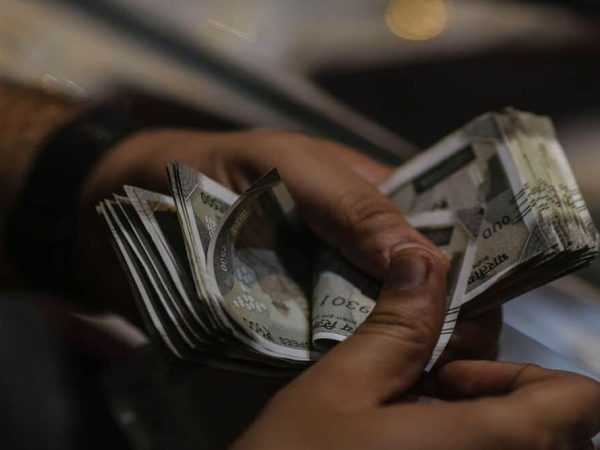

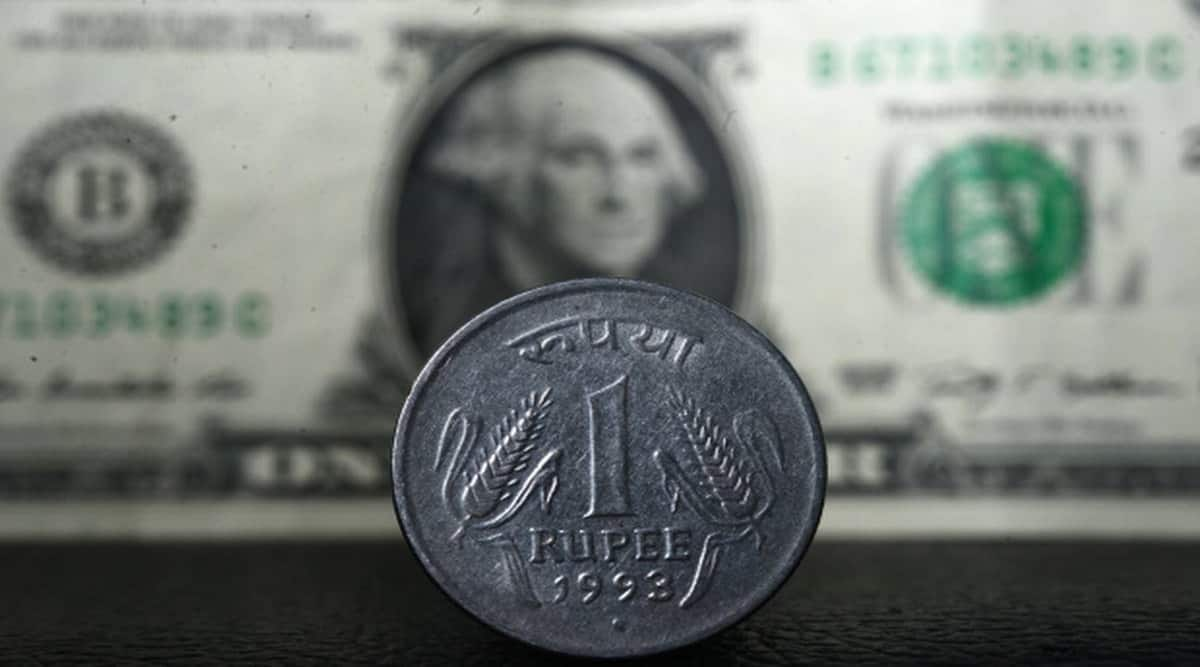
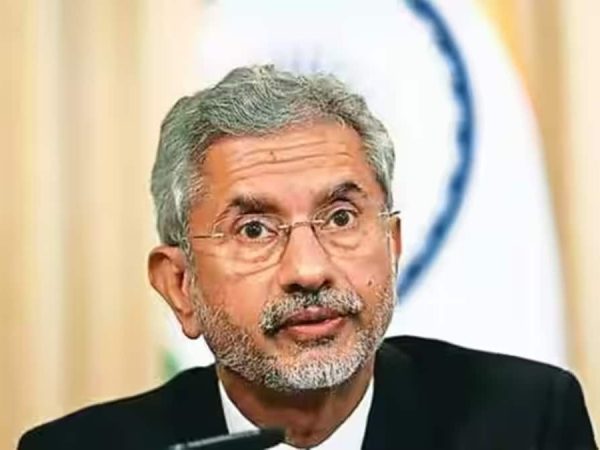
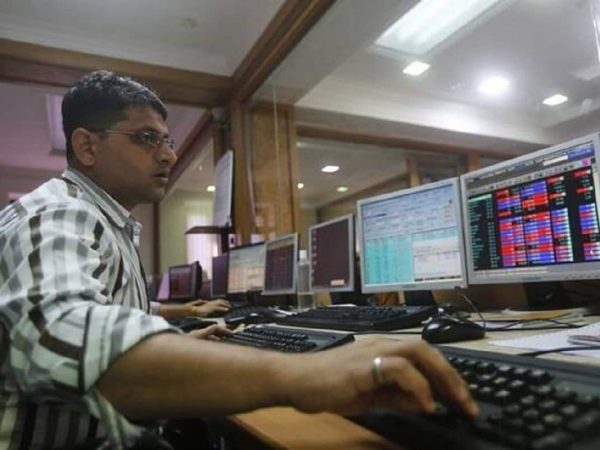



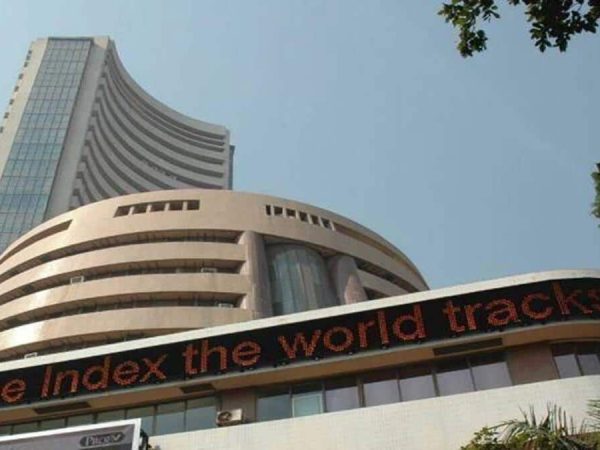

Recent Comments